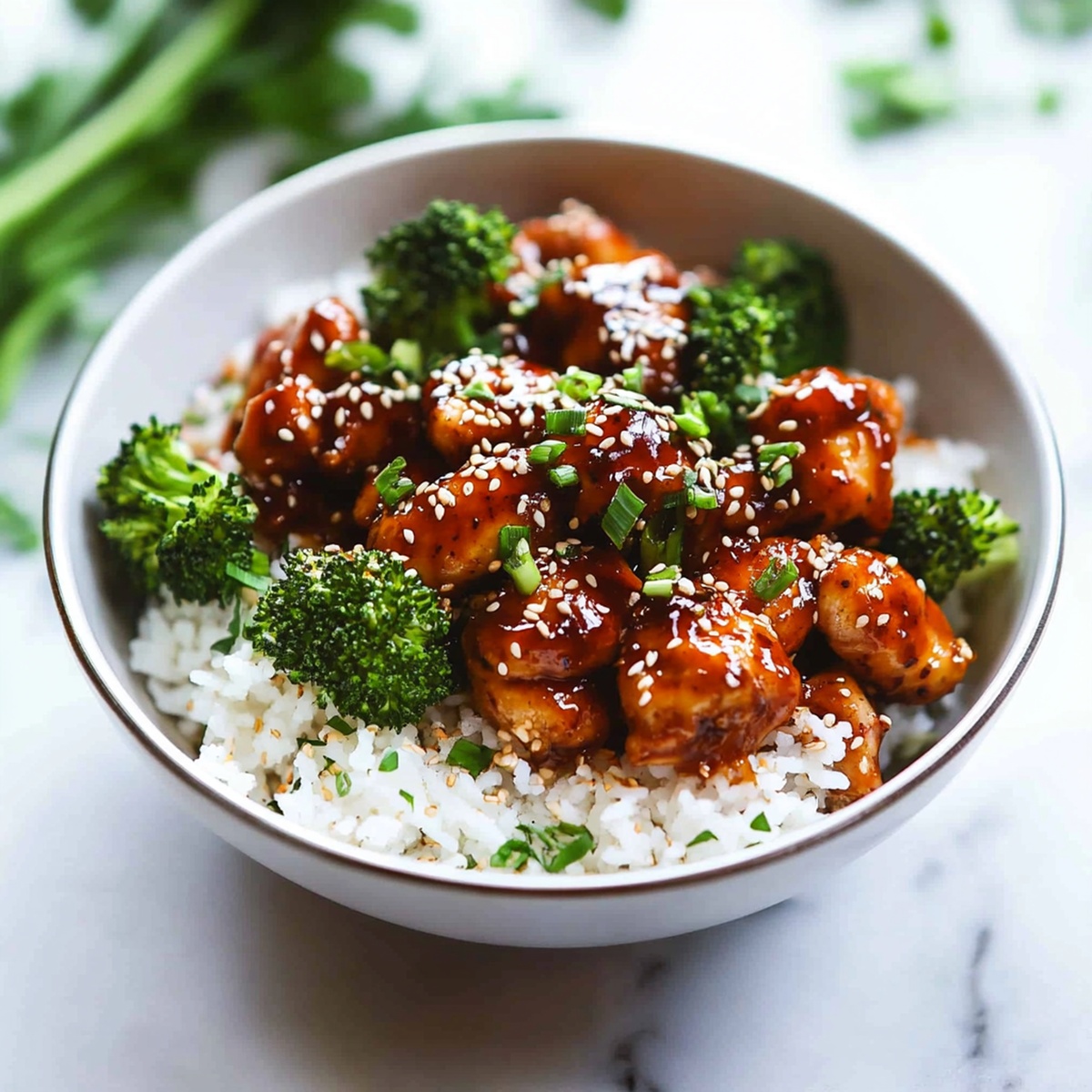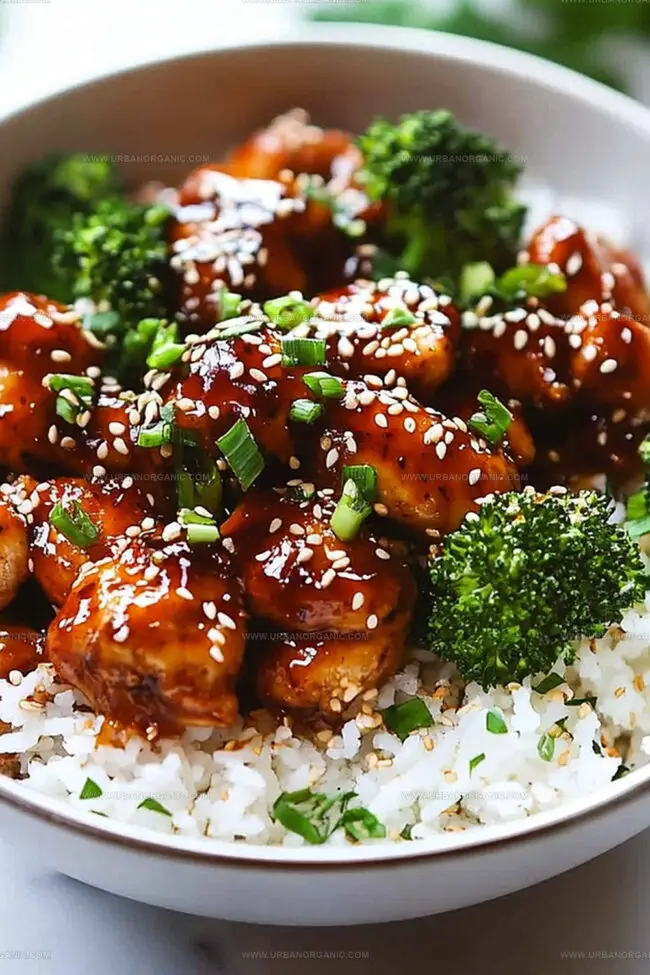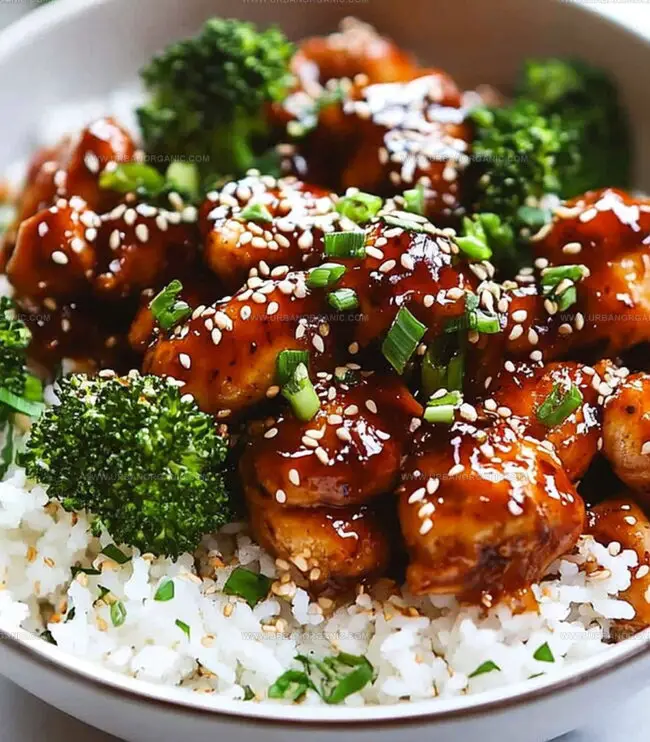Spicy Korean Chicken Recipe for Family Dinner Adventures
Culinary adventures with spicy korean chicken always spark excitement in my kitchen.
Unexpected flavors emerge when combining traditional techniques and bold ingredients.
Bold peppers and tender meat create a perfect harmony of taste.
Marinating transforms ordinary protein into something extraordinary and memorable.
Intense seasonings promise a meal that keeps you craving more.
Sauces infused with gochujang bring authentic Korean depth to every bite.
Prepare to experience a dish that connects global cuisines with passion and zest.
What Makes Spicy Korean Chicken So Tasty
Ingredients That Power Spicy Korean Chicken
Protein:Marinade Ingredients:Sauce Ingredients:Garnish Ingredients:Serving Suggestions:Cooking Spicy Korean Chicken at Home
Step 1: Marinate the Chicken
Toss chicken pieces with:Let the chicken soak up these flavors for 15 minutes to 2 hours.
Step 2: Whip Up the Spicy Sauce
In a mixing bowl, blend together:Whisk until smooth and set aside.
Step 3: Sear the Chicken
Heat a skillet or wok over medium-high heat. Add oil and spread evenly.
Toss in the marinated chicken and cook for 5-7 minutes, stirring occasionally.
Ensure the chicken turns golden brown and is cooked through.
Step 4: Glaze with Flavor
Pour the prepared spicy sauce over the seared chicken.
Toss and coat the chicken thoroughly.
Cook for another 2-3 minutes until the sauce caramelizes and clings to the chicken.
Step 5: Garnish and Serve
Sprinkle sesame seeds and chopped green onions on top.
Add extra chili slices for heat lovers.
Serve piping hot over steamed rice, soft noodles, or crisp lettuce wraps.
Tips for Getting the Right Heat Balance
Store and Reheat Spicy Chicken Without Drying
What Dishes Match Spicy Korean Chicken
Korean Chicken Variations Worth Trying
Common Questions About Spicy Korean Chicken
Gochujang is a Korean red chili paste with a sweet, spicy, and savory flavor. You can substitute with sriracha or chili garlic sauce, but the taste will be slightly different.
The spice level depends on the amount of gochujang used. For milder heat, use less chili paste or choose a less spicy variety. For extra heat, add more gochujang or include fresh chili slices.
No special equipment is needed. A large skillet or wok, mixing bowls, and basic kitchen utensils are sufficient to prepare this Korean chicken recipe.
The recipe is not naturally gluten-free due to soy sauce. To make it gluten-free, use tamari or coconut aminos instead of traditional soy sauce.
Print
Spicy Korean Chicken Recipe
- Total Time: 30 minutes
- Yield: 4 1x
Description
Sizzling Korean chicken dances with fiery gochujang and tangy marinade, promising a flavor explosion of Seoul’s street-food magic. Quick weeknight dinners never looked so bold, offering you a simple path to culinary adventure.
Ingredients
Protein:
- 1.5 pounds (700 grams) boneless, skinless chicken thighs or breasts, cut into bite-sized pieces
Spices and Seasonings:
- 2 tablespoons soy sauce
- 1 tablespoon sesame oil
- 1 teaspoon garlic powder
- 0.5 teaspoon salt
- 0.5 teaspoon black pepper
- 3 tablespoons gochujang (Korean chili paste)
- 2 tablespoons honey (or brown sugar)
- 1 tablespoon rice vinegar
- 2 cloves garlic, minced
- 1 teaspoon grated ginger
Garnish and Finishing:
- 1 tablespoon water (to thin the sauce if needed)
- Sesame seeds
- Sliced green onions
- Thinly sliced red chili (optional for extra heat)
Instructions
- Marinate chicken pieces in a fragrant blend of soy sauce, sesame oil, garlic powder, salt, and pepper for enhanced flavor depth.
- Allow the chicken to absorb marinade for 15 minutes to 2 hours, developing rich taste profiles.
- Craft a vibrant sauce by whisking together gochujang, soy sauce, honey, rice vinegar, sesame oil, minced garlic, grated ginger, and water.
- Warm a spacious skillet or wok over medium-high heat, adding a touch of oil to prevent sticking.
- Introduce marinated chicken to the heated surface, allowing it to caramelize and cook thoroughly for 5-7 minutes, stirring intermittently.
- Carefully drench the perfectly cooked chicken with prepared sauce, ensuring each piece gets an even, glossy coating.
- Continue cooking for an additional 2-3 minutes, watching the sauce transform into a luxurious, clingy glaze.
- Elevate the dish’s visual appeal and flavor complexity by sprinkling toasted sesame seeds, finely chopped green onions, and optional chili slices.
- Present the spicy Korean chicken atop steamed rice, delicate noodles, or crisp lettuce wraps for a versatile meal experience.
Notes
- Marinate chicken longer for intensified flavor, up to 2 hours in the refrigerator for maximum taste absorption.
- Adjust spice levels by reducing or increasing gochujang amount, catering to personal heat tolerance.
- Use gluten-free soy sauce for a celiac-friendly version, ensuring everyone can enjoy this delicious dish.
- Replace honey with maple syrup or agave nectar for a vegan alternative that maintains the recipe’s sweet-spicy balance.
- Prep Time: 15 minutes
- Cook Time: 15 minutes
- Category: Dinner, Appetizer
- Method: Sautéing
- Cuisine: Korean
Nutrition
- Serving Size: 4
- Calories: 360
- Sugar: 10g
- Sodium: 780mg
- Fat: 20g
- Saturated Fat: 4g
- Unsaturated Fat: 16g
- Trans Fat: 0g
- Carbohydrates: 18g
- Fiber: 1g
- Protein: 26g
- Cholesterol: 90mg




Jessica Martinez
Pastry Chef & Recipe Developer
Expertise
Organic Baking Techniques, Gluten-Free Recipe Development, Southwestern Dessert Specialties, Food Styling and Photography
Education
Santa Fe Community College (SFCC)
Jessica brings the sweet side to Urban Organic with her passion for baking and love for the Southwest. She trained at Santa Fe Community College and has built a career creating beautiful, gluten-free, and organic desserts that feel both nostalgic and new.
She believes baking should be fun, creative, and open to everyone, no matter your diet or skill level. Jessica’s recipes are simple enough to follow, but special enough to remember.